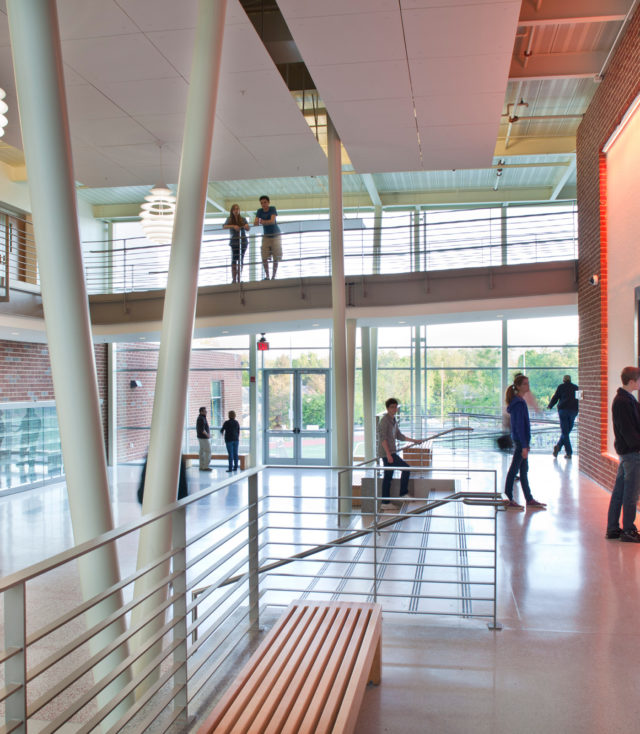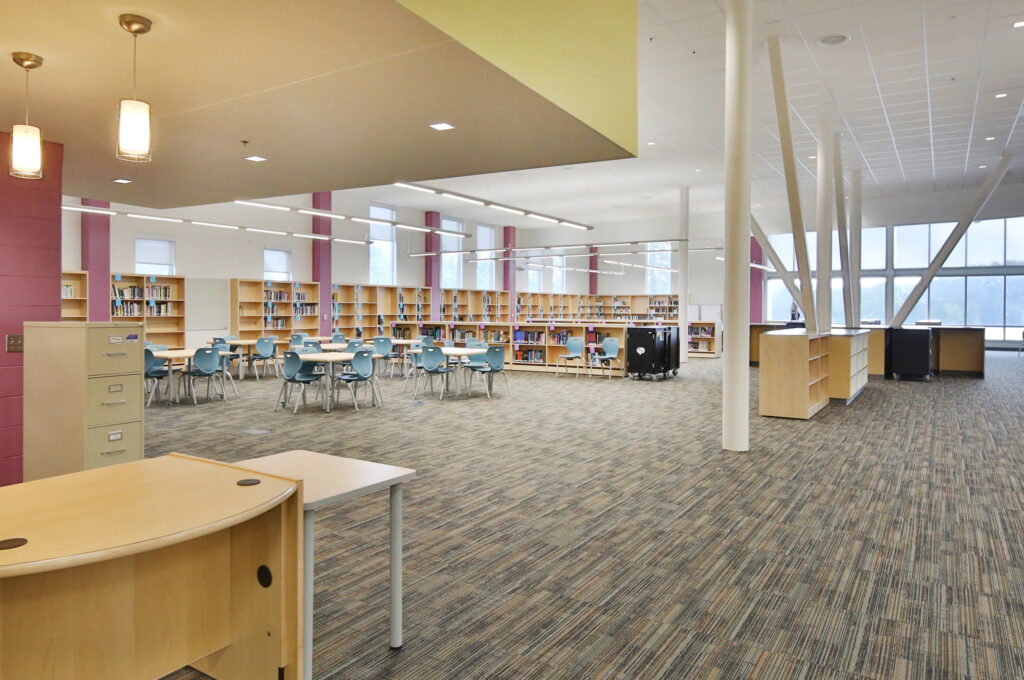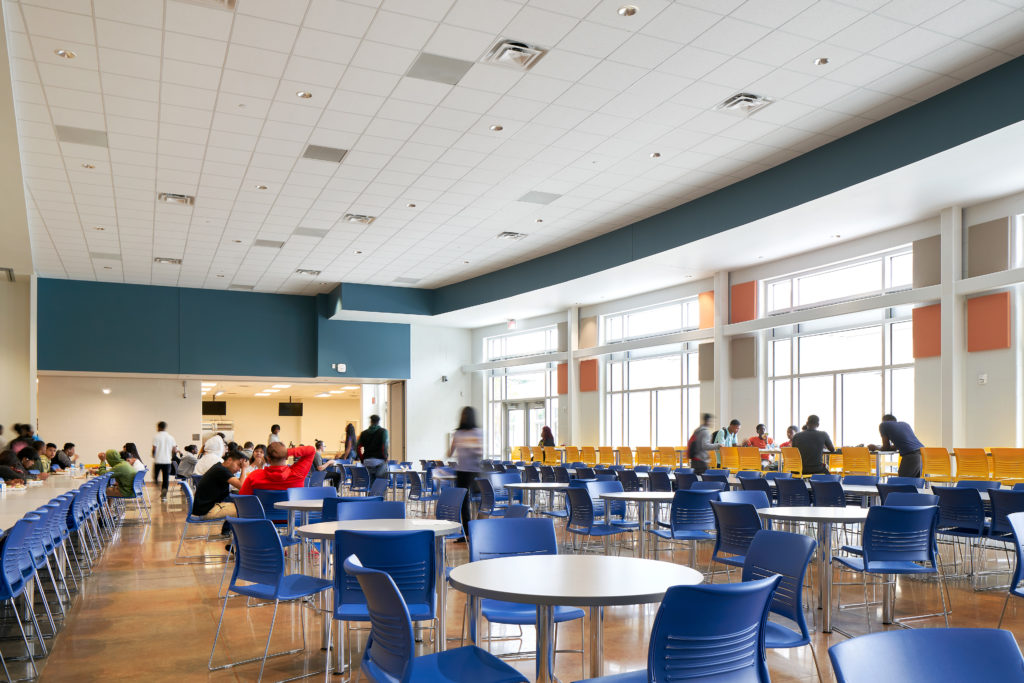Insights
How to Restart School HVAC Operations
By Timothy Lehman and Doug Partington
Across the country businesses and communities are slowly reopening. The same may soon be true for schools, as districts weigh the pros and cons of conducting education in the fall. For school facilities teams, reopening represents uncharted territory. How do you support maintenance and operations that will keep students safe, protect already fragile budgets and prevent future spread of COVID-19?
The following are strategies to help you each step of the way: Before you reopen, as you reopen and as you move forward in the future.
Operating Schools During a Shutdown
The first step to restarting operations is to put yourself in a position to succeed. School buildings are meant to be occupied, even in the summer. Unoccupied buildings do provide some unique opportunities for your facilities staff, but they can also cause problems if not managed correctly. Some school buildings systems have controls designed to support an unoccupied building. If you have these systems, make sure your controls are operating in the proper “unoccupied” setting. This can help reduce operating costs and keep the building structure, finishes and systems in better condition when your schools do reopen.
If your school buildings don’t have an unoccupied controls setting, there are a couple easy and proactive things you can do. Keep the chiller operational, and try to maintain humidity levels at 60 percent relative humidity or below.
If you haven’t been following these guidelines, it’s not too late to start. Every day you apply best practices is a day that puts you in a better position to restart your school operations.

Operating Schools During a Restart
When schools reopen, school facility operations will experience a new normal. Maintaining building systems to fight COVID-19 requires a modified approach.
The following strategies are based on what we know currently about the virus and its behavior.
- Flush building air systems each morning before occupancy. This will provide the maximum amount of fresh air in the building at the start of school. Your goal with this tactic is to dilute the amount of air potentially containing the virus.
- Operate air systems at a minimum ventilation rate when buildings are unoccupied. A lower-tech solution is to open windows at night. Again, this is to dilute the amount of virus in the air.
- Maintain humidity levels at a range of 40-60 percent relative humidity. This range has been shown to reduce the transfer of the virus.
- Change your filters regularly.
- Disinfect high-touch objects and surfaces.
Many of these recommendations will increase operating costs, so reach out to systems professionals to help you gauge the pros and cons. Be prepared to change tactics as needed. The increased cost and wear and tear on your systems means that these recommendations are short-term solutions.

Modifying Schools for Future Operations
Our new normal calls for a new approach to school systems design. Whether you are designing a new building or considering renovations, the following are a few strategies that will result in a healthier and safer learning environment.
1. Incorporate Highly-Efficient Bag Filters
To improve indoor air quality, schools should use MERV-13 filters or higher. While raising your filter quality will increase costs, bag filters provide a less expensive solution than traditional cartridge filters. Bag filters last three to four times longer than cartridge filters, making them more cost-effective over the long run. It is easy to design new buildings to support bag filters, and many existing building systems can be adapted to use this approach. Consult a registered engineer to help you decide.
2. Employ Air Purification Systems
There are now several options for air purification in school buildings.
- UVGI germicidal irradiation is the most proven technology, and a common means of air purification in hospital designs. However, there is limited data proving its effectiveness, and it has a high annual maintenance cost.
- Bipolar ion generation produces positive and negative charges that cause particles to adhere to each other and grow in size. The virus clumps grow until they are large enough to collect in standard filters. As a result, clean air is returned to occupied spaces. This technology is more than 15 years old in the commercial HVAC market, and it is fairly easy to retrofit most systems, including air handling units, unit ventilators and heat pumps.
- Sorbent air scrubber technology is the least proven option, having been in the commercial HVAC market less than 24 months. In theory, a sorbent filter captures VOCs, CO2 and viruses. It is possibly a way to reduce the amount of outside air you need to bring into the building. The technology requires existing systems to accept a new piece of equipment, so be sure you have enough space to expand.
3. Install Humidity Controls
If your current building systems don’t support humidity control, now is the time to consider an upgrade. As we mentioned previously, 40 to 60 percent relative humidity is the sweet spot. Humidity maintained higher than 60% can raise the risk of mold growth in the building. Lower than 40% will allow virus particles to remain on surfaces and require additional cleaning and sanitation. Enthalpy energy recovery is a good option to keep humidity levels higher. And while it won’t get you to 40 percent humidity in the winter, it will raise humidity levels without significantly increasing your costs.
During this pandemic, keeping students safe and healthy will require new strategies for building operations. Try to select proven strategies that are low-cost and easy to implement. When properly managed, your building systems can be a powerful tool in the fight against COVID-19.
Creating Ideal Montessori School Environments: A Guide for Architects and Educators
By Carla RemenschneiderMontessori schools are designed to foster independent learning, exploration and creativity in children. As an architecture, interiors and engineering firm, Fanning Howey understands the importance of designing physical spaces that support these principles. By thoughtfully
Full ArticleEsports Facilities for Student Engagement
By Steven HerrAs competitive esports becomes a viable career path, educators across the country are embracing these gaming trends and expanding esports programming at their schools. Schools that have adopted esports are already seeing the benefits. According
Full ArticleCareer Technical Education – Designing a Professional Welding Lab
By Douglas Rich“Career Technical Education (CTE) provides students of all ages with the academic and technical skills, knowledge and training necessary to succeed in future careers and to become lifelong learners. In total, about 12.5 million high school
Full Article